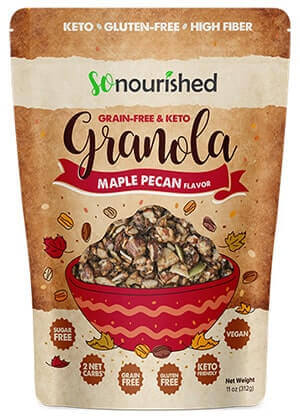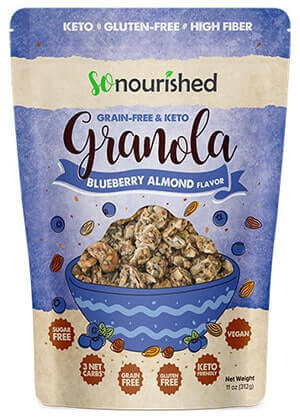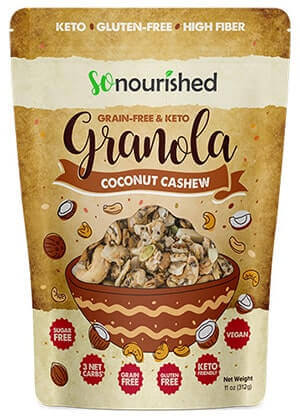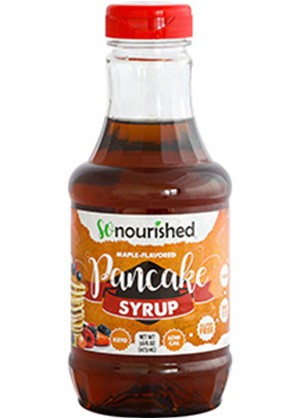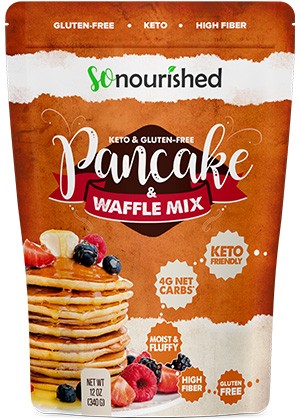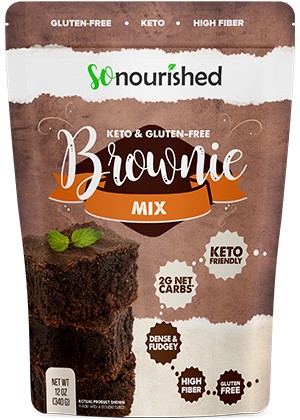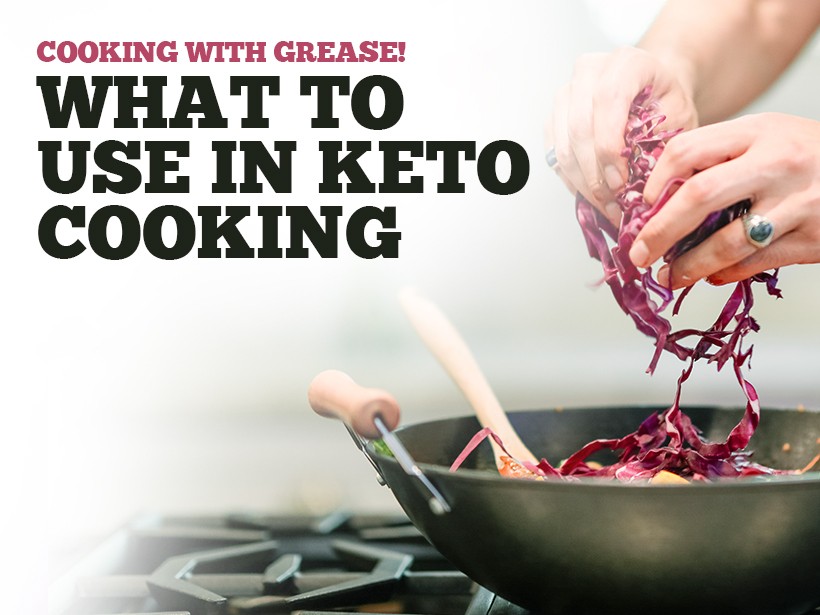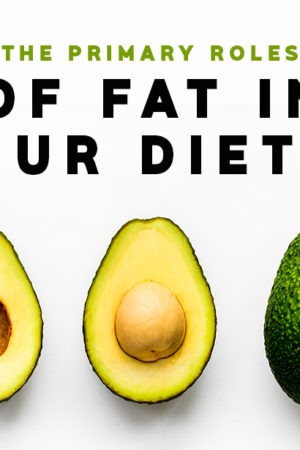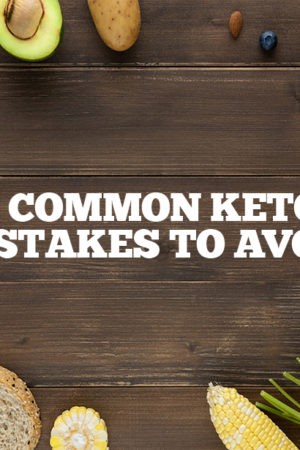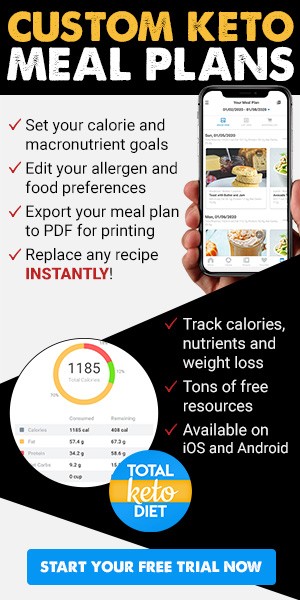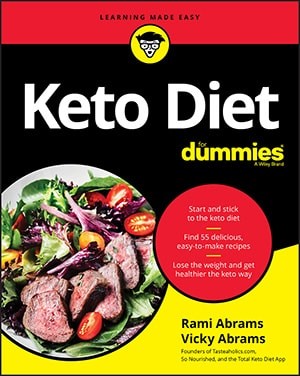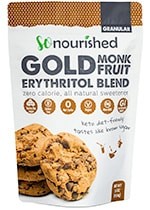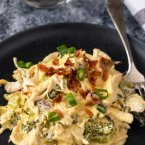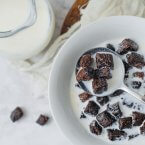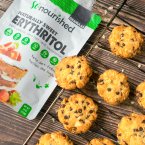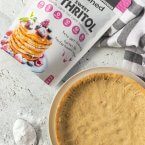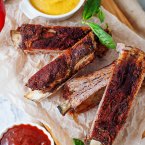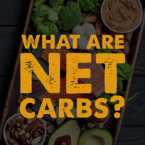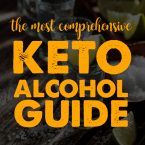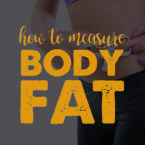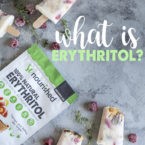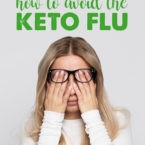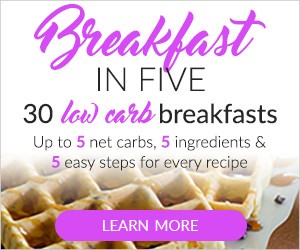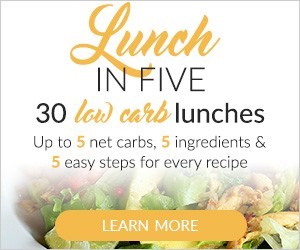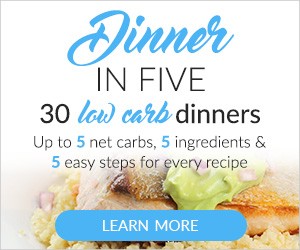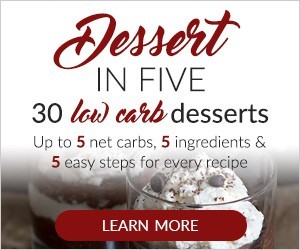Say goodbye to the days of demonizing fat. This nutrient plays a key role in a healthy body and mind, and there are plenty of options when it comes to cooking with it. Here's a helpful breakdown of some sources of fat and their health benefits.
Fats Deserve a Place at the Table
Continuous research points to fat as a necessary nutrient, and gives it a prime spot in optimal health. Many sources of fats – including those listed in this article – contain vitamins and minerals that support brain, heart, and bone health. For example, conjugated linoleic acid (CLA) is a fatty acid that can help with fat loss.¹ Likewise, butyrate is in numerous fat sources in varying amounts and has similar effects.
Conventional wisdom says to stay away from saturated fat, but modern studies find no direct correlation between saturated fat and heart disease.² Ketogenic dieters experience more weight loss, better brain health, and lower LDL cholesterol by eating fewer carbohydrates and more fats, even those from animal sources.
Butter, Lard, and Tallow
One of the most popular is butter, which makes everything taste better. Butter contains health-boosting vitamins, K2 in particular, which decreases the risk of heart disease. On the other hand, its cousin, margarine, is full of trans fatty acids and processed oils. Similar to butter is lard, which is made from pig fat. It has a smoke point of 370° F and is a decent option for fried, baked or roasted dishes.
Tallow is rendered fatty tissue from a cow’s loins and kidneys. It’s a suitable replacement for butter or lard and has many of the same heart-healthy properties. Tallow is yet another example of a saturated animal fat that isn’t a saboteur of well-being. Fun fact: it’s a common ingredient in soaps!
Schmaltz and Ghee
International cooking provides some examples of beneficial fatty ingredients. Schmaltz is a staple in Jewish and Eastern European kitchens. It is rendered goose or chicken fat with a consistency similar to lard. The monounsaturated fats in schmaltz have a positive effect on cholesterol levels. In addition, its trace amounts of collagen contribute to healthier skin, hair, and nails.
Meanwhile, a staple in Indian cooking is ghee. It’s clarified butter, which means it’s heated to remove water and milk solids. Ghee is lactose and casein-free, boasts a high smoking point of 450° F, and has an enhanced buttery flavor. The ancient life science of Ayurveda touts ghee as an impressive aid for digestion and inflammation thanks to the fatty acid butyrate.
The jury is in: fat is essential for optimal health. In fact, certain vitamins like A, D, and K, can't be absorbed without it. In addition to consuming generous amounts of this macronutrient, use these options to cook your food in fat and add both flavor and nutrition!
NUTRITIONAL DISCLAIMER
The content on this website should not be taken as medical advice and you should ALWAYS consult with your doctor before starting any diet or exercise program. We provide nutritional data for our recipes as a courtesy to our readers. We use Total Keto Diet app software to calculate the nutrition and we remove fiber and sugar alcohols, like erythritol, from the total carbohydrate count to get to the net carb count, as they do not affect your blood glucose levels. You should independently calculate nutritional information on your own and not rely on our data. The website or content herein is not intended to cure, prevent, diagnose or treat any disease. This website shall not be liable for adverse reactions or any other outcome resulting from the use of recipes or recommendations on the Website or actions you take as a result. Any action you take is strictly at your own risk.
- One in Three Millennials Wants to Try Keto - March 27, 2019
- 5 Common Keto Mistakes to Avoid - March 15, 2019
- High Insulin Levels are Toxic to the Placenta and Can Cause Miscarriages - March 7, 2019


